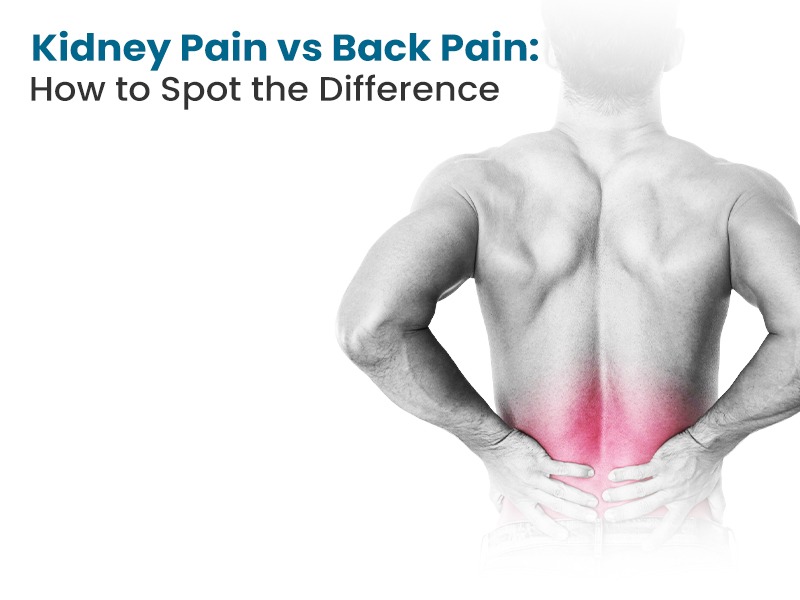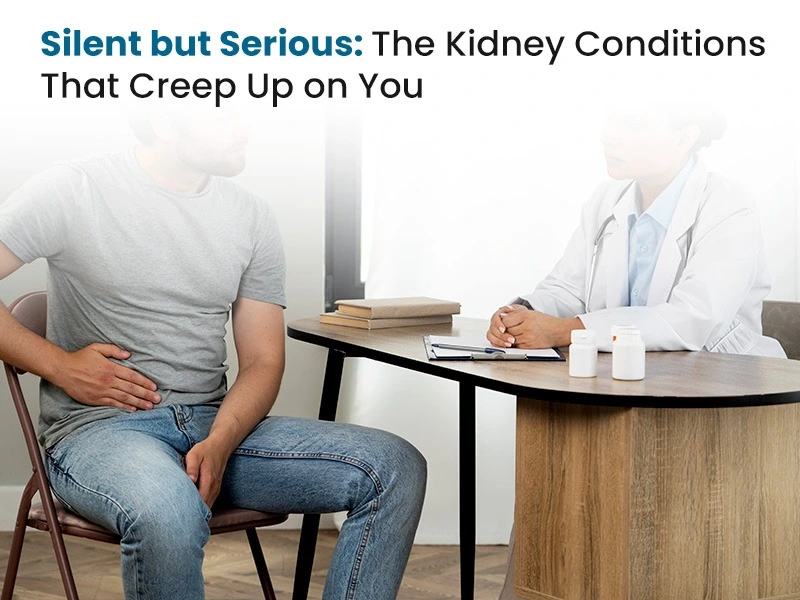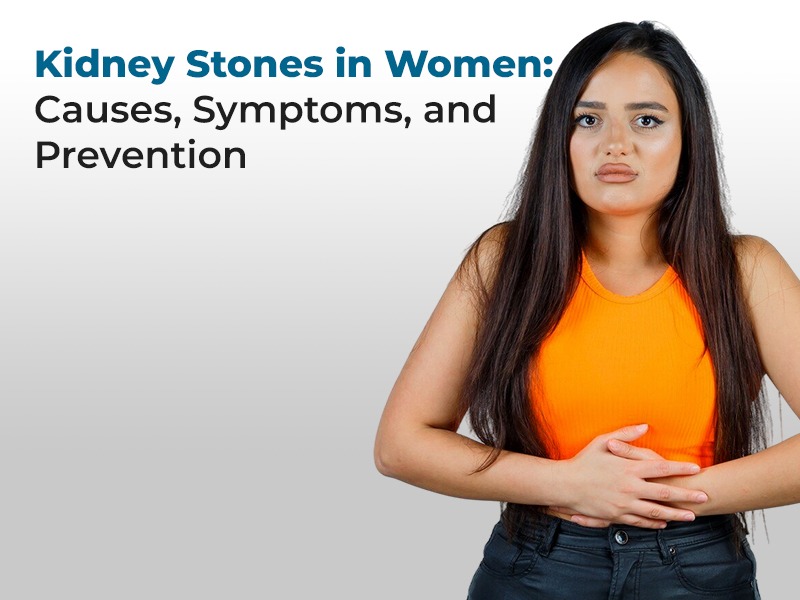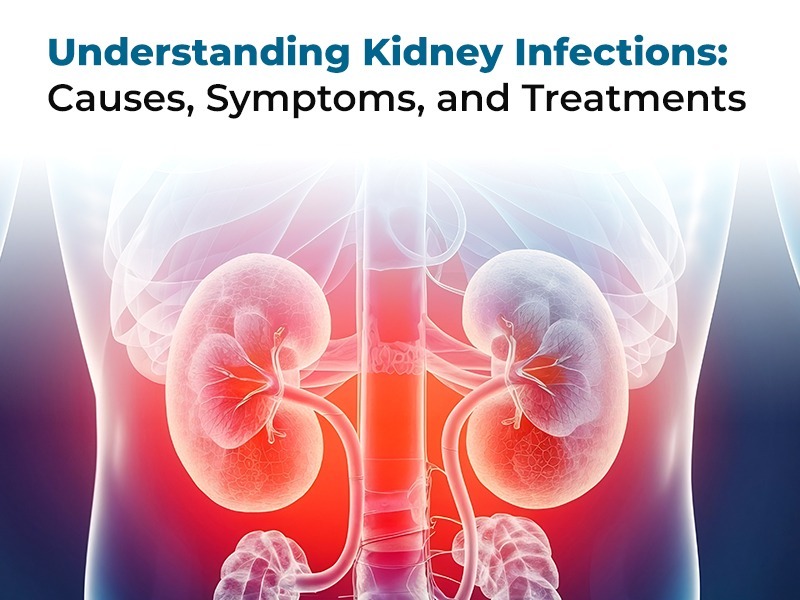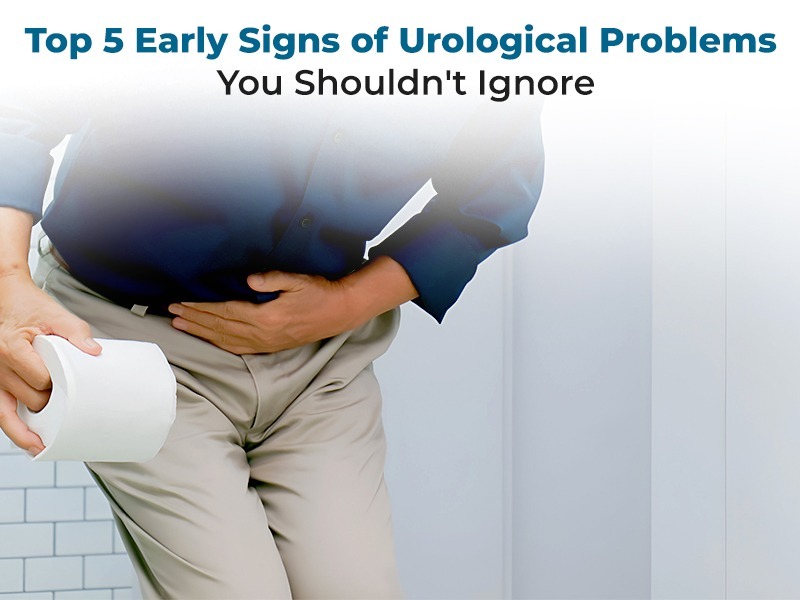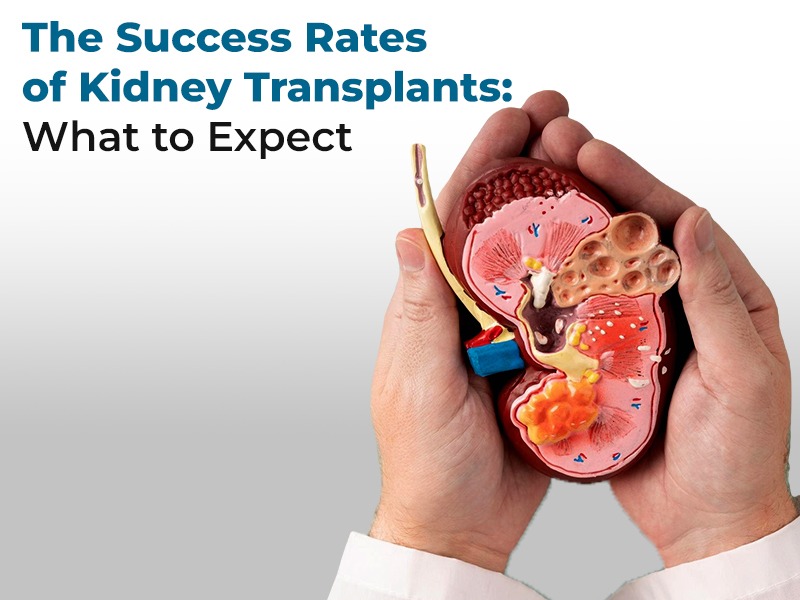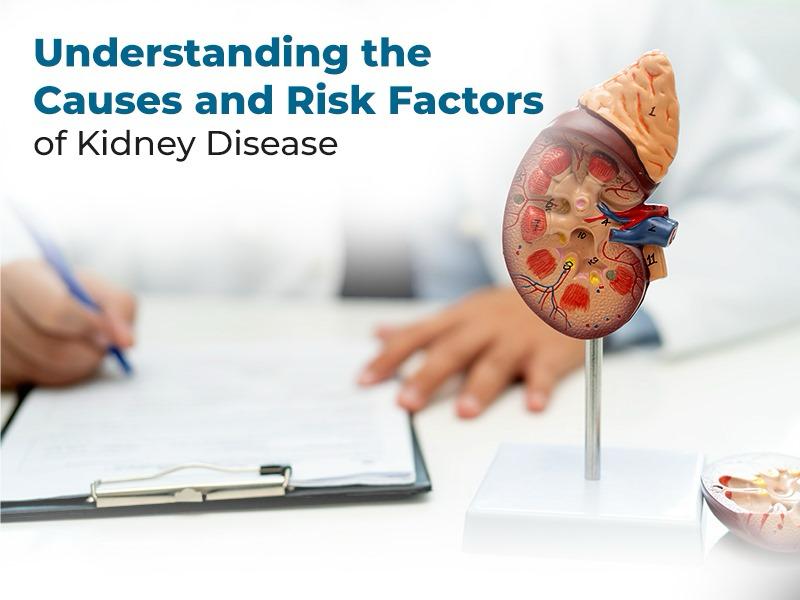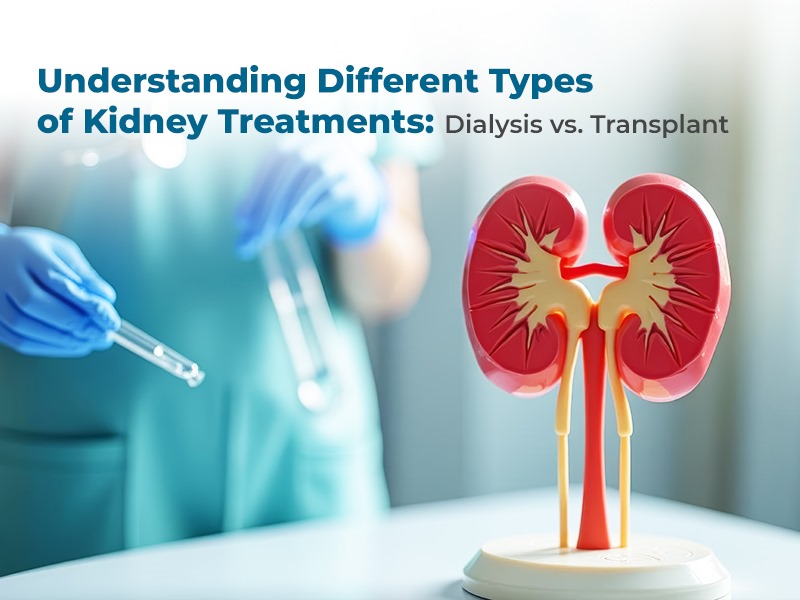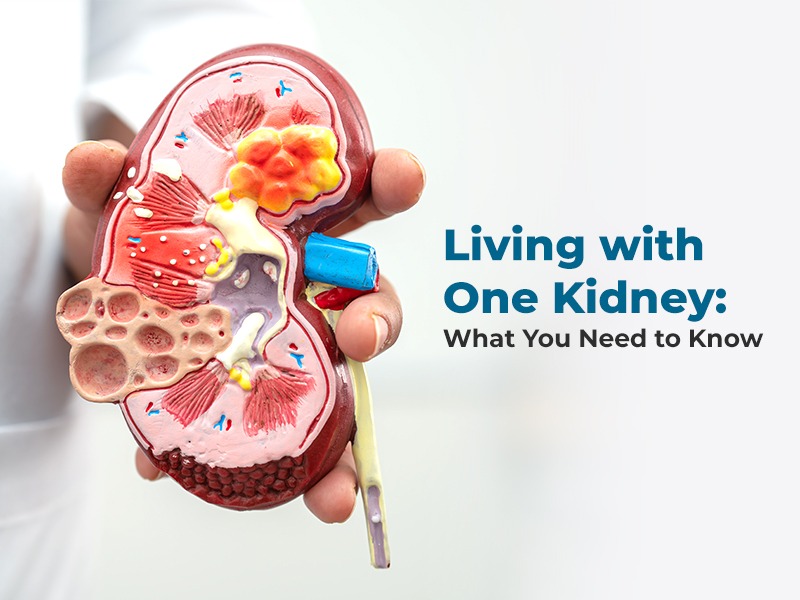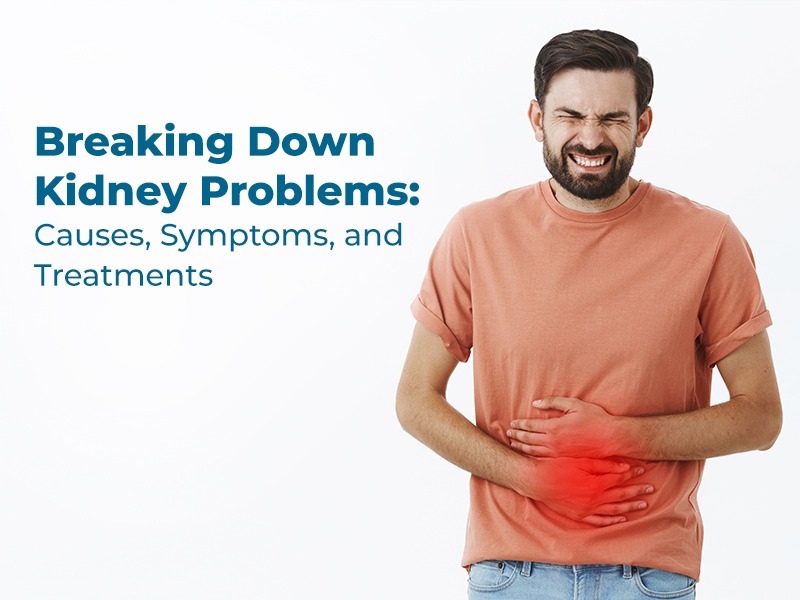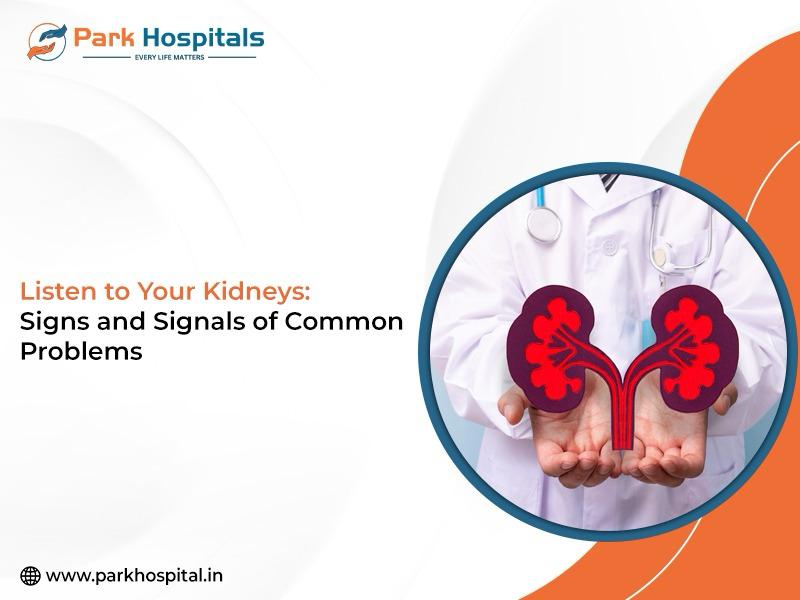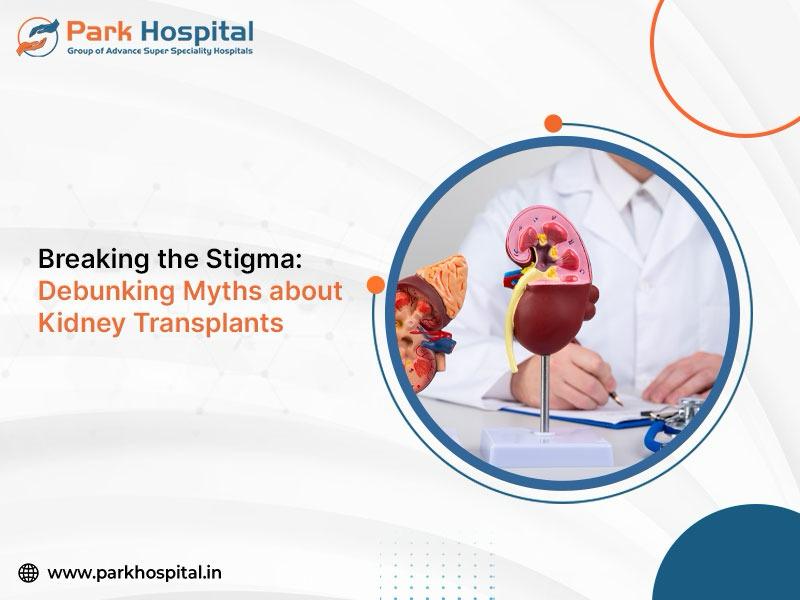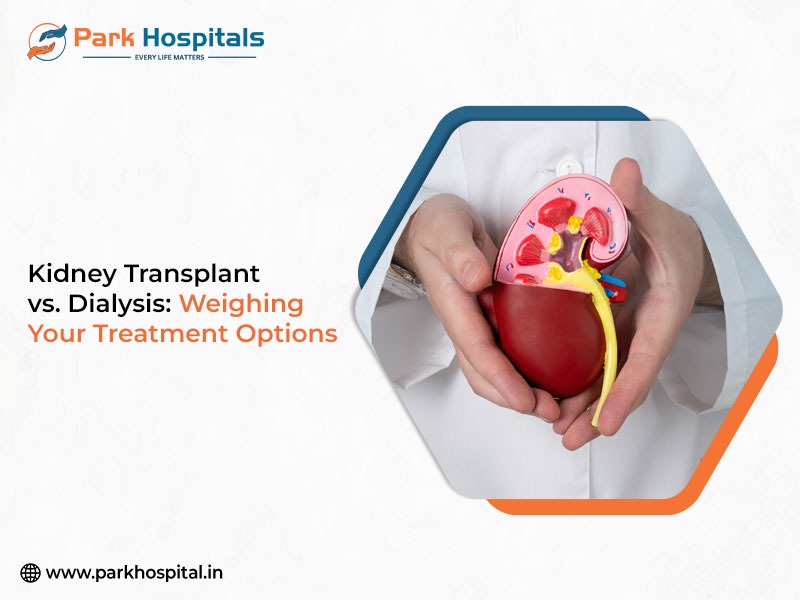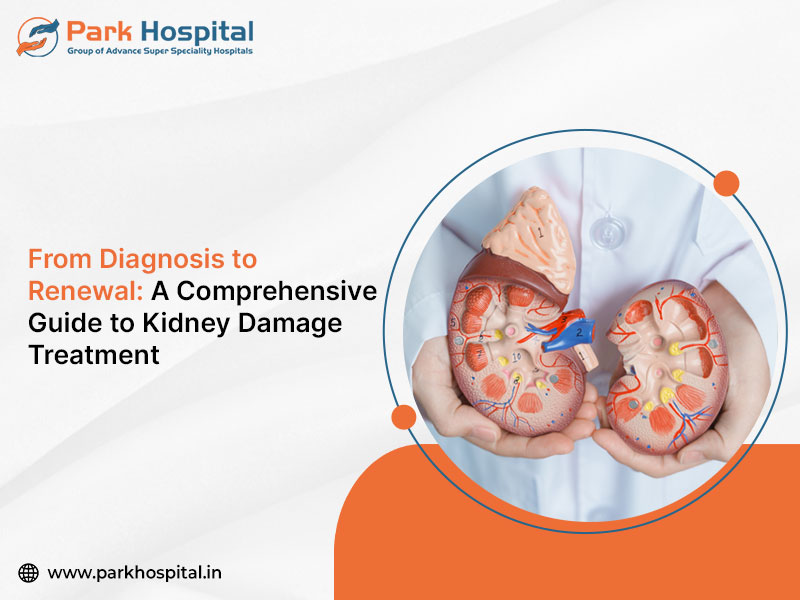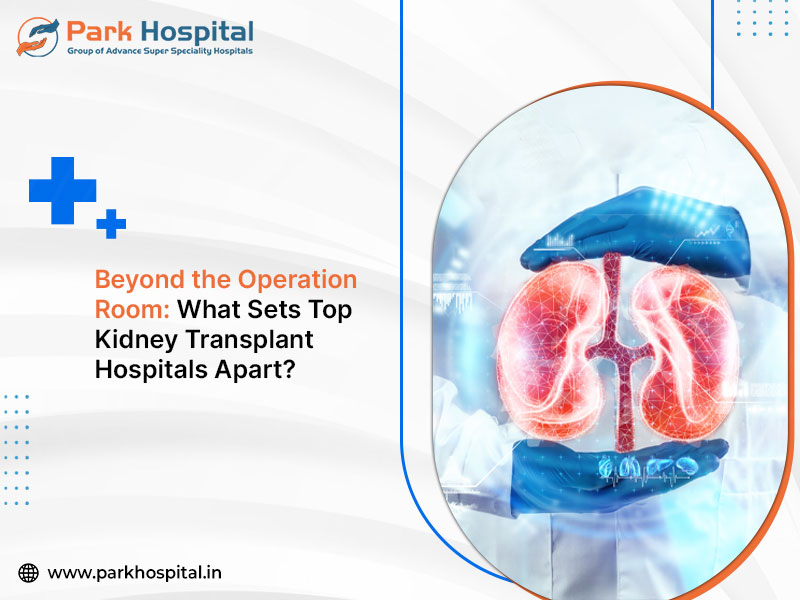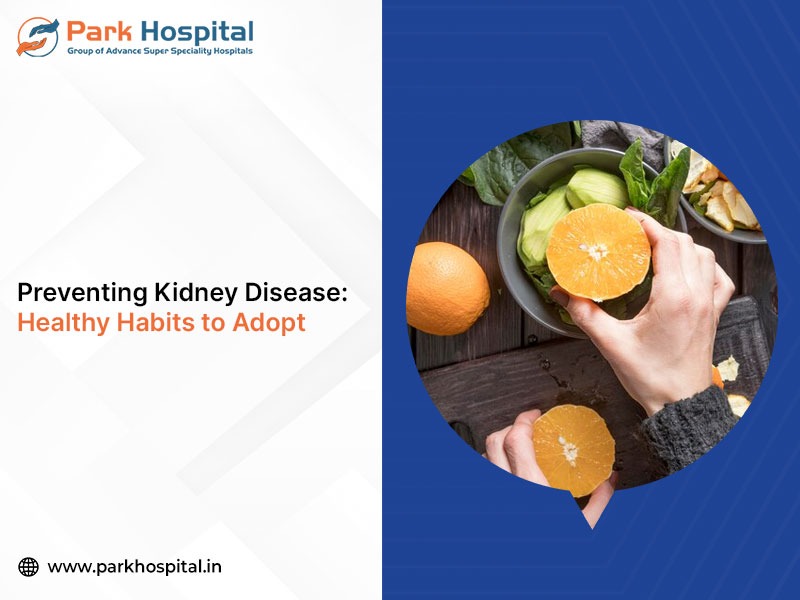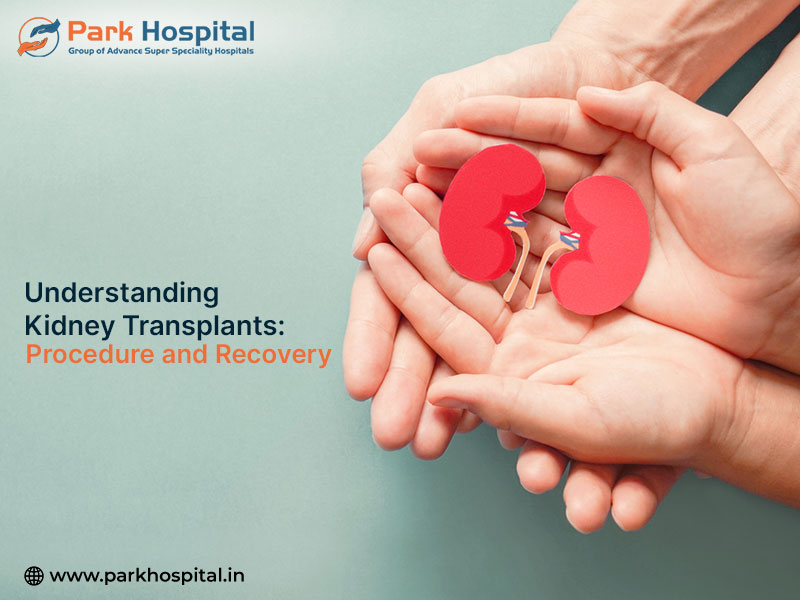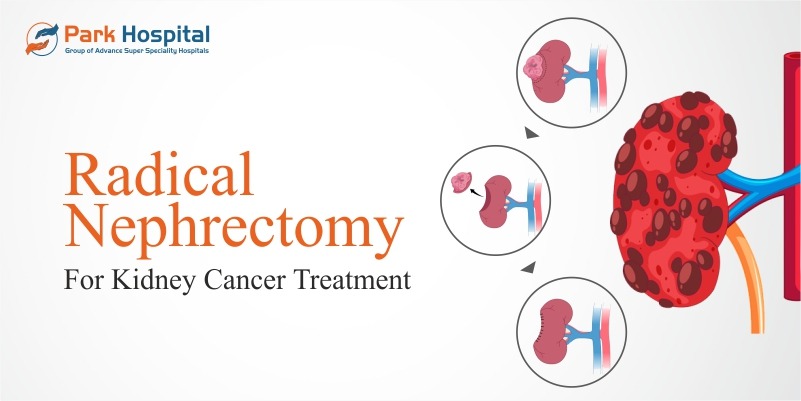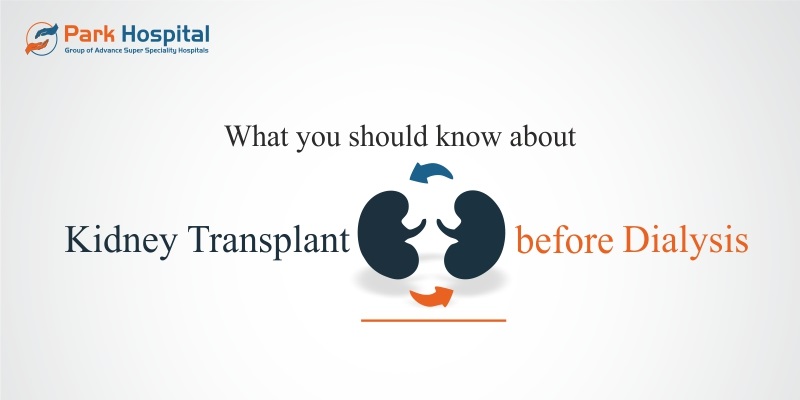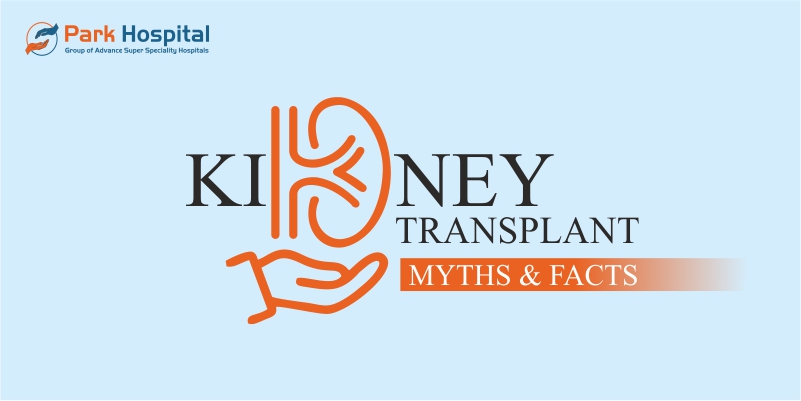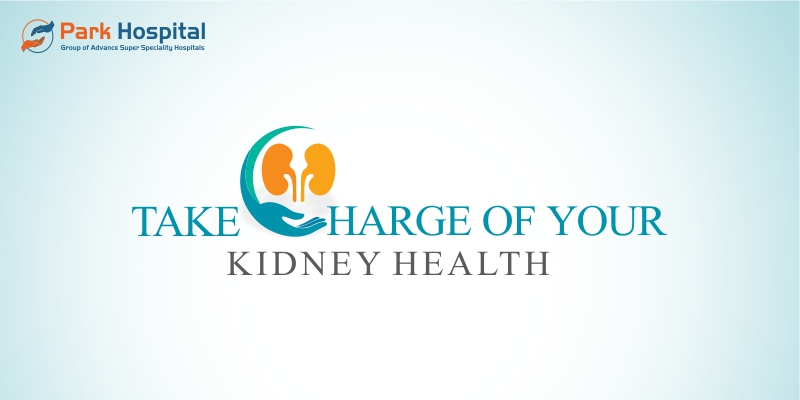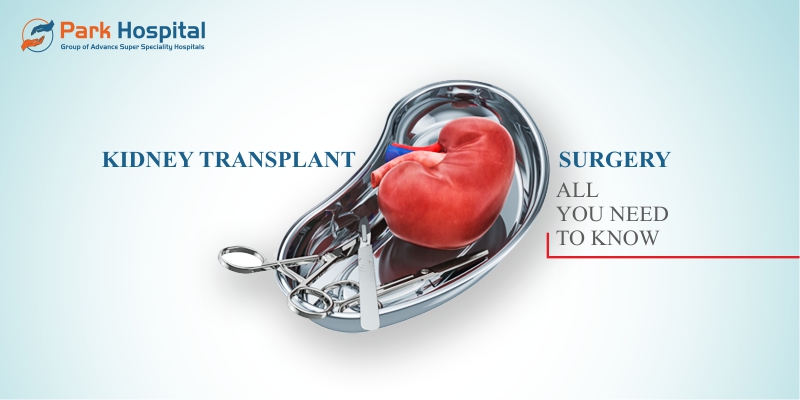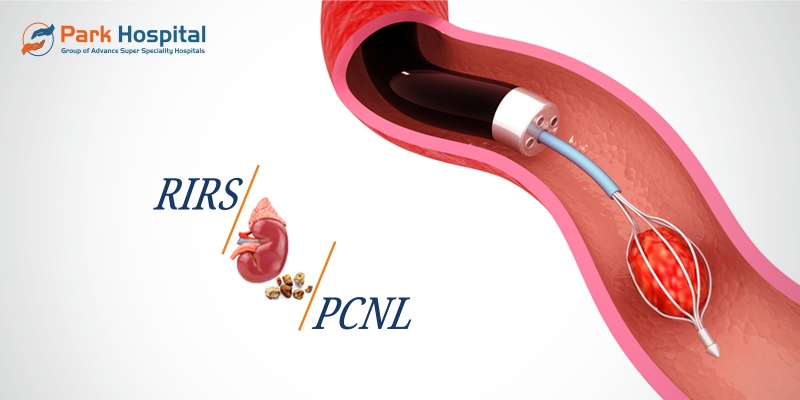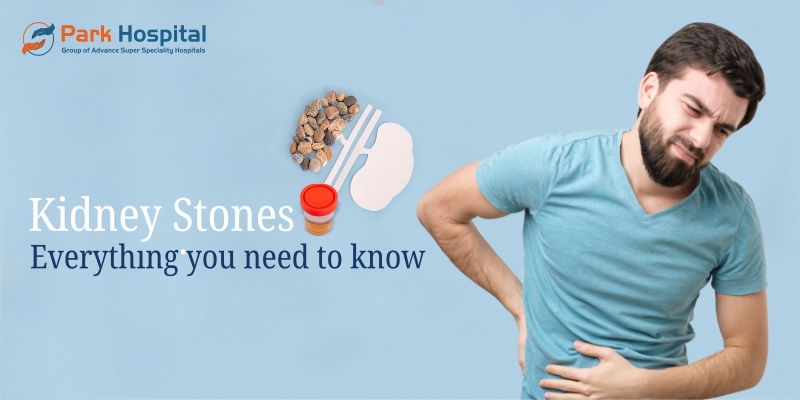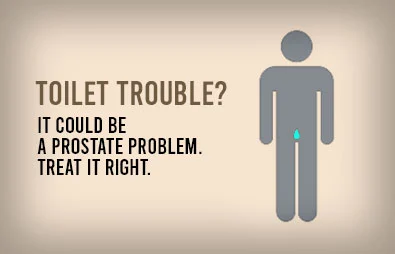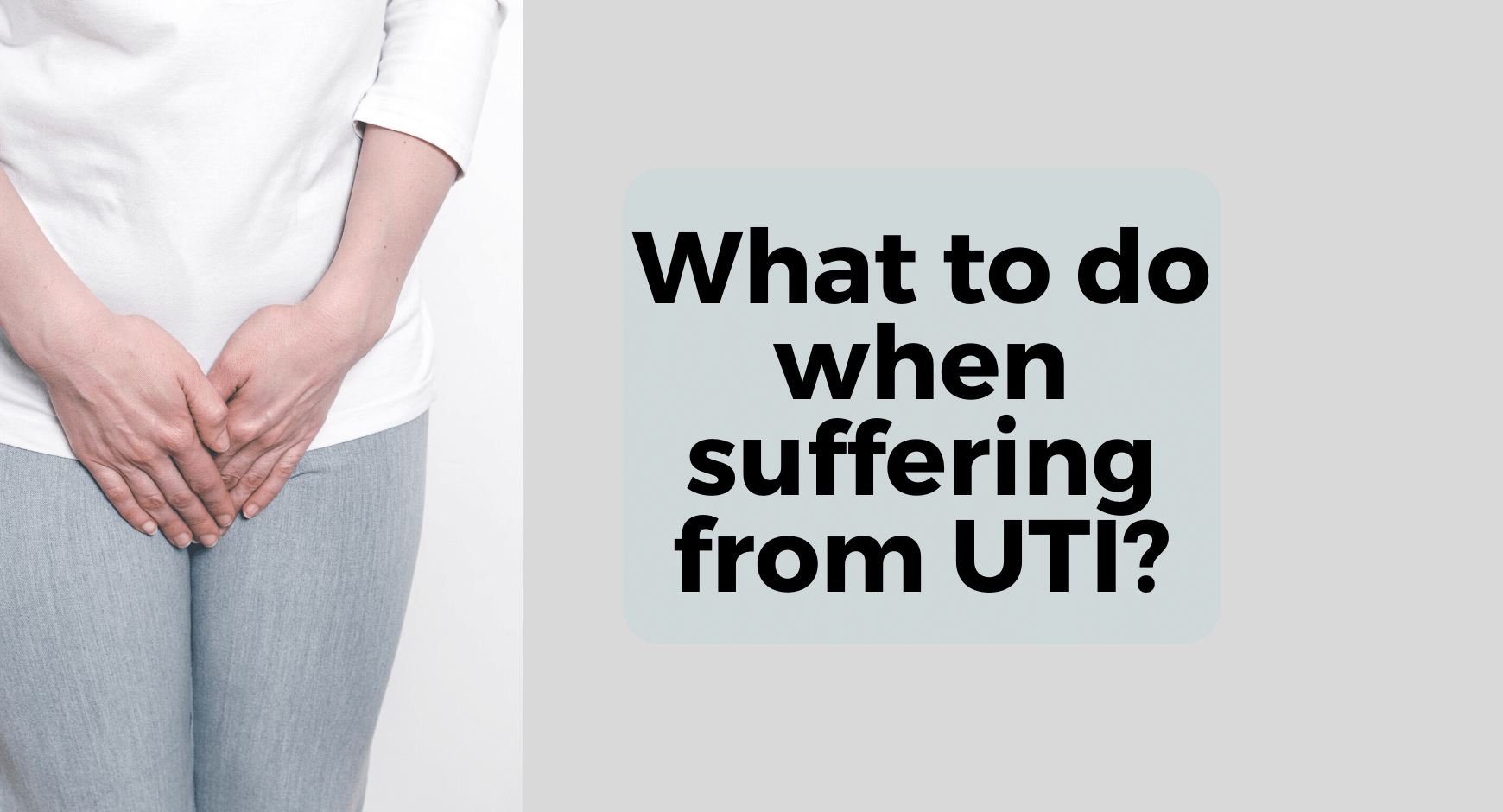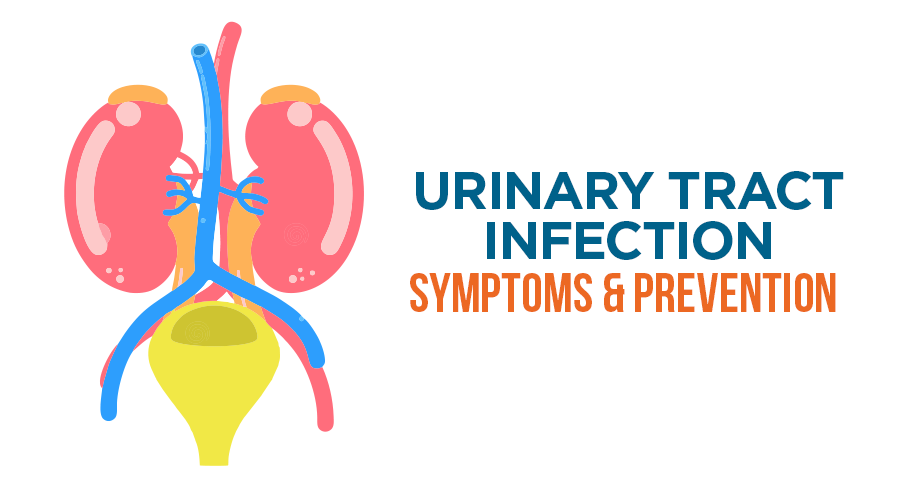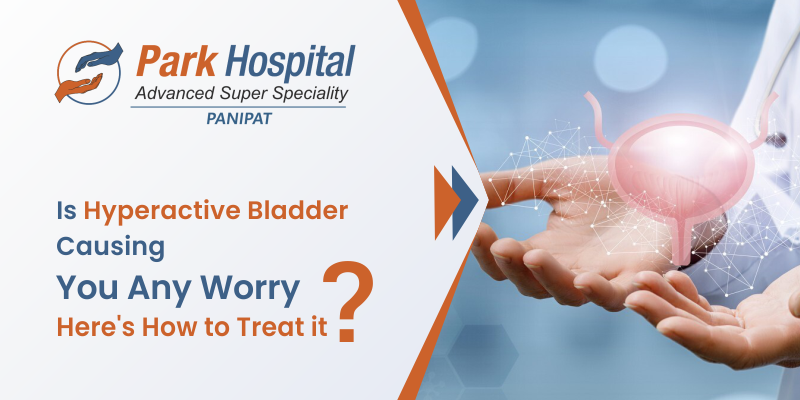That dull pain in your lower back might seem harmless, but it can be your body's early warning sign for serious kidney problems or even cancer. According to the National Library of Medicine, musculoskeletal pain is the most frequent symptom among patients with chronic kidney disorder, affecting 42% of them.
As kidneys lie close to your back muscles, the ache can feel similar to back pain, but differs in location, severity, causes, and treatment. Being well-informed about these parameters is important for accurate and timely medical care. So, keep reading to discover the exact location of your pain along with the symptoms, causes, diagnoses, and treatment approaches.
Kidney Pain or Back Pain? How to Tell the Difference
While you can feel both back and kidney pain in the lower back area, their positions are slightly different. Here are the key ways to distinguish the pain from kidneys and the back.
Kidney Pain vs. Lower Back Pain: What’s Causing That Ache?
Kidney and back pain reasons are completely different. Therefore, you must figure out what’s going on to make sure you get the right care sooner. Here’s what you should know about the different causes and the associated symptoms:
Kidney Pain: Causes and Symptoms
Lower Back Pain: Causes and Symptoms
Effective Treatment Approaches for Kidney Pain and Back Pain
Several medications, lifestyle changes, or surgery can cure kidney and back pain. Advanced cases require the best hospital for a kidney transplant for expert care and recovery.
Kidney Pain Treatment
Treatment may include:
Antibiotics for infections
Blood pressure medications for polycystic kidney disease
Immunotherapy for kidney cancer
Surgery is needed for the removal of part or all of the kidney for cancer or hydronephrosis
Adequate hydration, a balanced diet, and weight management to prevent kidney stones and infections
Back Pain
Treatment management typically includes:
Medications (acetaminophen, NSAIDs) for pain relief, muscle relaxation
Surgery to correct spinal deformities, relieve nerve pressure from herniated discs, or stabilize the spine in severe arthritis.
Physiotherapy, core-strengthening exercises, massage, acupuncture, hot/cold therapy, weight loss, and avoiding activities that strain the back.
Key Takeaways You Can Use Today
Kidney pain often occurs with urine color changes, fever, or nausea. However, back pain usually occurs when you bend, twist, or sit too long. Catching these clues early means faster relief and a lower risk of long-term damage.
When advanced care is needed, choosing a top kidney hospital can make all the difference. Trust Park Hospital, a leading kidney transplant hospital, for expert treatment. Visit Park Hospital to book your appointment today!
Also Visit: Best Urology Hospital
FAQs
Where is kidney pain usually felt?
A dull or sharp ache starts just below the rib cage on either side of the spine and may spread forward toward the flank or abdomen.
How is kidney pain different from back muscle pain?
Kidney pain is felt deeper and can radiate to the lower abdomen. However, back muscle pain is more localized around the lower back.
What causes kidney pain?
Common triggers include kidney stones, infections like pyelonephritis, traumatic injury, blood clots, or, less often, cysts and tumors.
Should I see a doctor for back pain or kidney pain?
Yes, severe pain should be evaluated by the experts. If kidney issues are suspected, consult a kidney transplant specialist for expert guidance.
Can kidney problems cause lower back pain?
Yes, swollen or blocked kidneys can irritate nearby nerves. They create dull lower-back discomfort that occasionally radiates to the groin or thigh.

